Chemical reaction: Rolf Sachs’ brilliant horological experiment
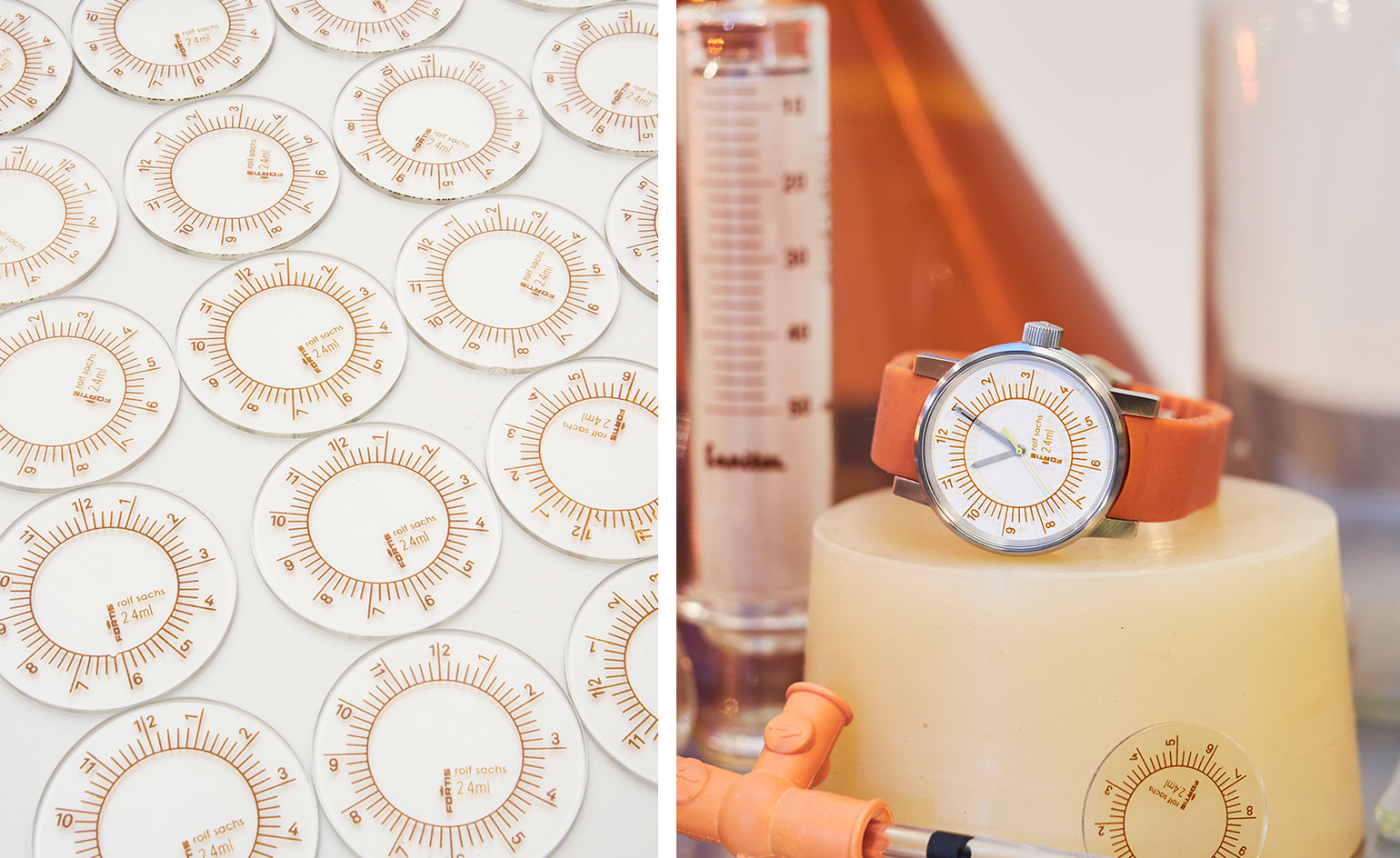
As he launches his fifth watch for Fortis – the ‘2.4ml’ – Rolf Sachs pinpoints the magical alchemy of poetry and process...
Wallpaper*: Clear, easy to read, legible on a tiny scale – chemistry glass design appears to be a perfect graphic fit for watch design.
Rolf Sachs: I have always had a passion for the visual language and production methods used in scientific laboratories, and my work often reflects and adopts these aesthetics and techniques. They awaken a nostalgia of old memories from chemistry classes in school labs. And as you rightly say, the process of cauterising fine numerals onto glass evidently suits the requirements of watch design.
W*: Are you conducting a kind of horological experiment?
RS: I am always aiming to discover something that has not previously been associated within the given context – I like to search out the ‘new’. The distinguishing mark on the 2.4ml watch is that the outside surface of the glass that covers the dial is printed, not the dial itself, which is unusual.
W*: There's a clear authority in the Fortis 2.4ml design – does it indicate a sense of order in rapidly changing times; a poetic reference, perhaps?
RS: With any creation, there are many individual associations and interpretations that arise, although in this instance, the driving force behind the 2.4 ml watch was more instinctive. I welcome that some will perceive the piece philosophically and others more rationally: the object will have a different personal sensitivity for each individual.
W*: What was most challenging aspect in realising your design?
RS: Adapting the process of ‘ambering’ (which is the typical printing technique used on scientific flasks) to print the scratch-resistant artwork directly onto the surface of the watch glass was a considered process. It is a technical feat but the artwork on the small circular glass is applied by hand. Dipping it in amber stain and baking it a high-temperature industrial oven results in slight variations in finish and colour, giving each limited edition a point of difference.
W*: The 2.4ml has a distinct visual aesthetic. Tell us about the colour palette.
RS: The colours and finishes were selected to mirror the visual language of a scientific laboratory. The watch case and hands are steel, the silicone strap is the distinctive orange-red that can be found on rubber bungs and pipette fillers, and the glass is amberised to give a ‘completed’ aesthetic.
W*: Now that you have designed a few watches for Fortis, do you envisage the eponymous Rolf Sachs watch at any point?
RS: My passion for experimentation drives me to continuously explore and change my approach to any creative process and I always seek to inject character and emotion into what I do. So, whether sculpture, furniture, stage or light design, or architecture, I welcome new challenges. However, watch design will continue to tickle my mind!
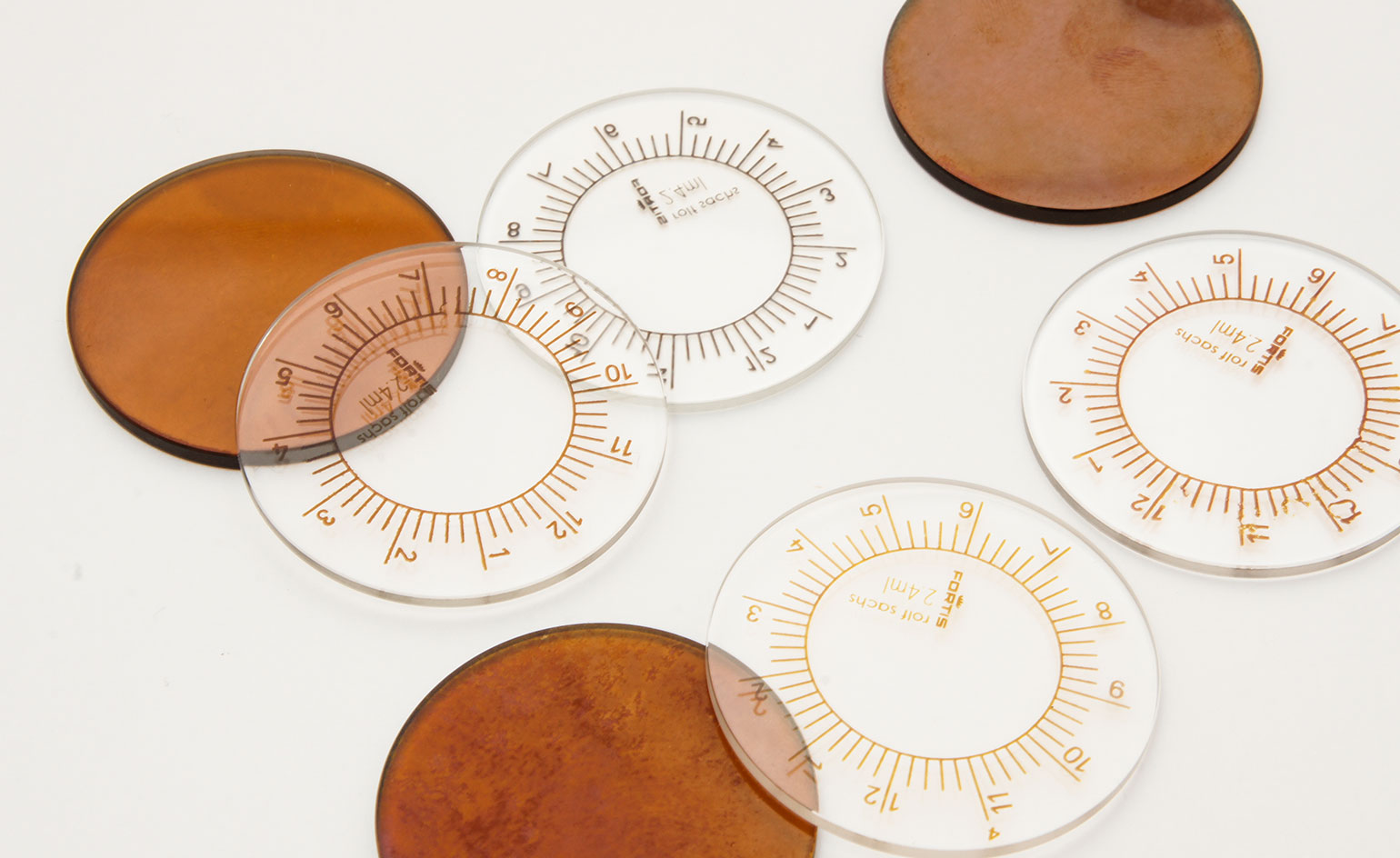
Its dial is cauterised onto the scratch-resistant glass surface through an ‘ambering’ process, which results in slight variations in finish and colour, making each piece slightly unique
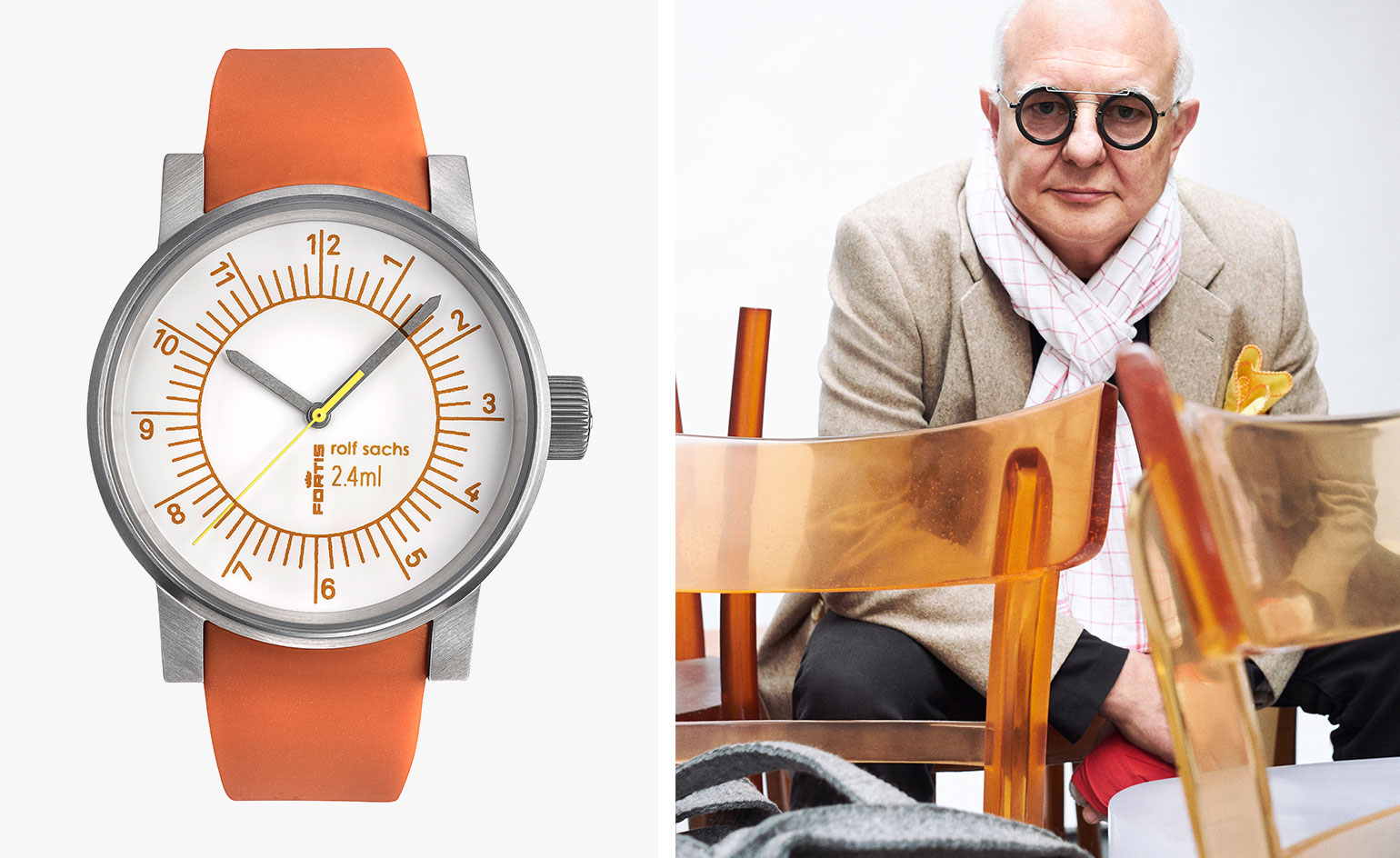
Left, the Fortis ‘2.4ml’ timepiece. Right, Rolf Sachs.© Fortis Uhren AG and Rolf Sachs
INFORMATION
For more information, visit the Fortis website
Wallpaper* Newsletter
Receive our daily digest of inspiration, escapism and design stories from around the world direct to your inbox.
Caragh McKay is a contributing editor at Wallpaper* and was watches & jewellery director at the magazine between 2011 and 2019. Caragh’s current remit is cross-cultural and her recent stories include the curious tale of how Muhammad Ali met his poetic match in Robert Burns and how a Martin Scorsese Martin film revived a forgotten Osage art.
-
 Warp Records announces its first event in over a decade at the Barbican
Warp Records announces its first event in over a decade at the Barbican‘A Warp Happening,' landing 14 June, is guaranteed to be an epic day out
By Tianna Williams
-
 Cure your ‘beauty burnout’ with Kindred Black’s artisanal glassware
Cure your ‘beauty burnout’ with Kindred Black’s artisanal glasswareDoes a cure for ‘beauty burnout’ lie in bespoke design? The founders of Kindred Black think so. Here, they talk Wallpaper* through the brand’s latest made-to-order venture
By India Birgitta Jarvis
-
 The UK AIDS Memorial Quilt will be shown at Tate Modern
The UK AIDS Memorial Quilt will be shown at Tate ModernThe 42-panel quilt, which commemorates those affected by HIV and AIDS, will be displayed in Tate Modern’s Turbine Hall in June 2025
By Anna Solomon
-
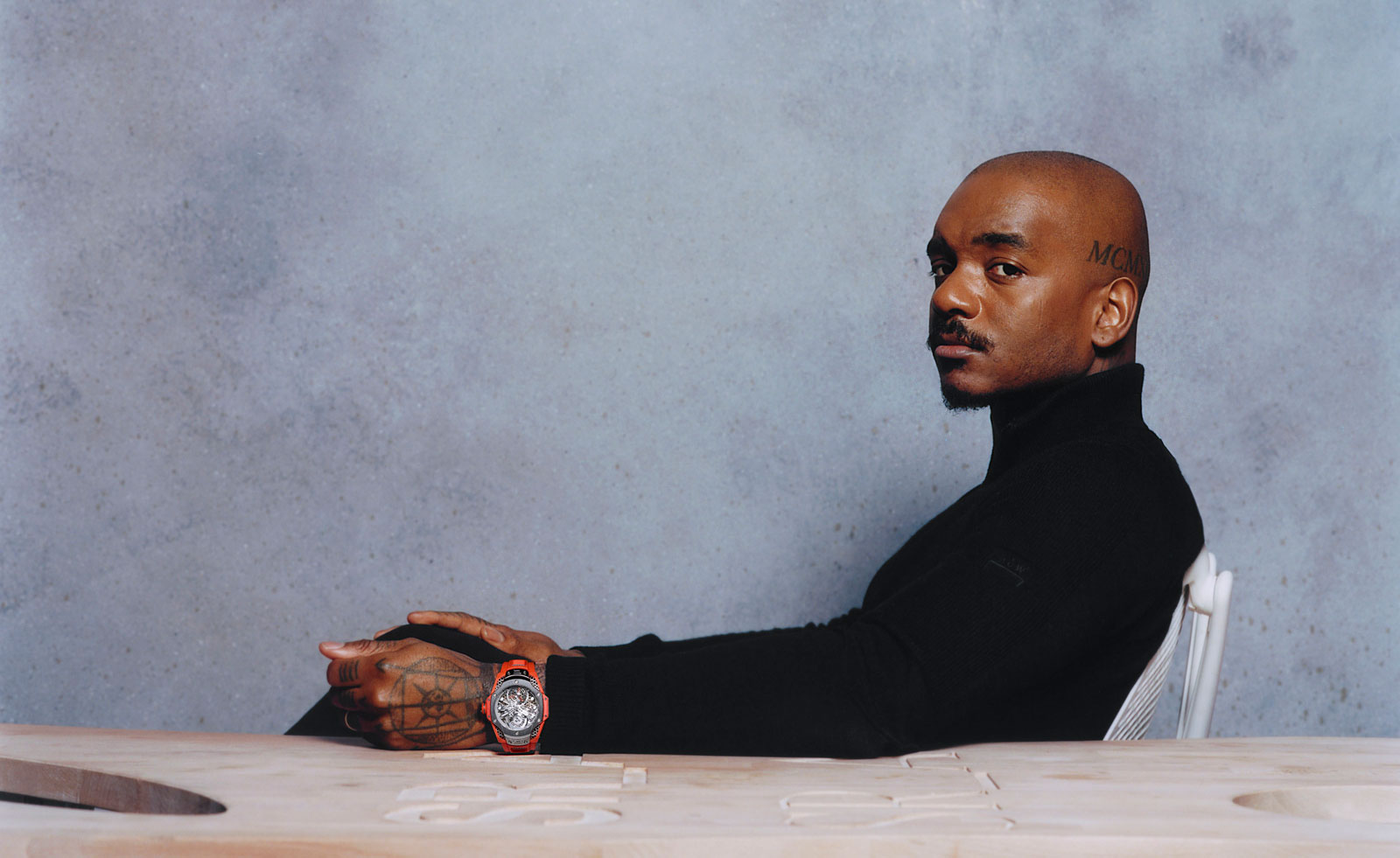 Samuel Ross unveils his Hublot Big Bang watch design
Samuel Ross unveils his Hublot Big Bang watch designSamuel Ross brings a polished titanium case and orange rubber strap to the Hublot Big Bang watch
By Pei-Ru Keh
-
 Playful design meets chic heritage in the Hermès Kelly watch
Playful design meets chic heritage in the Hermès Kelly watchThe new Kelly watch from Hermès rethinks the original 1975 timepiece
By Hannah Silver
-
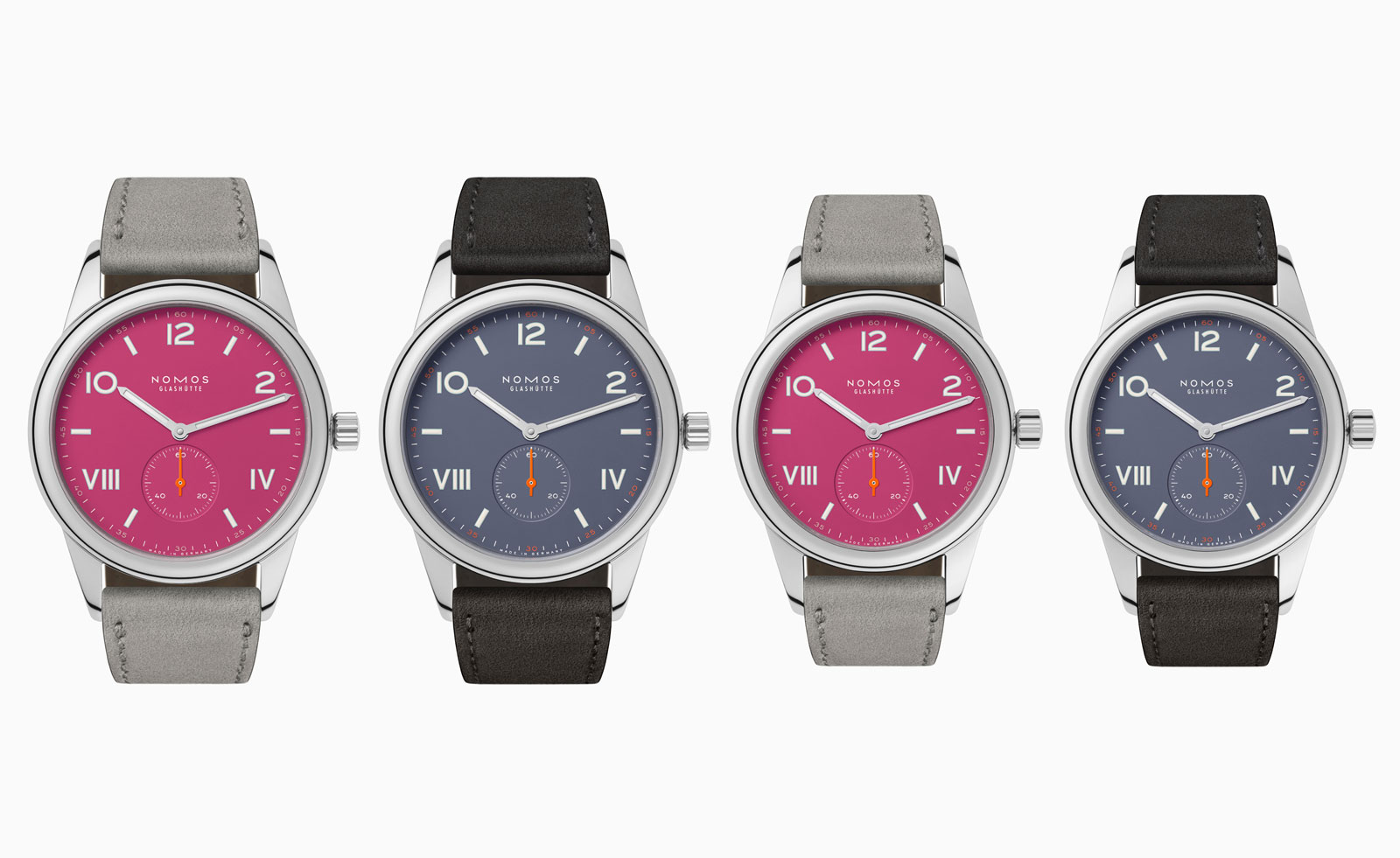 Discover the tonal new hues of the classic Nomos Club Campus watch
Discover the tonal new hues of the classic Nomos Club Campus watchThe Nomos classic wristwatch Club Campus now comes in two new collegiate colours. The perfect graduation gift from the Glashütte manufacture
By Hannah Silver
-
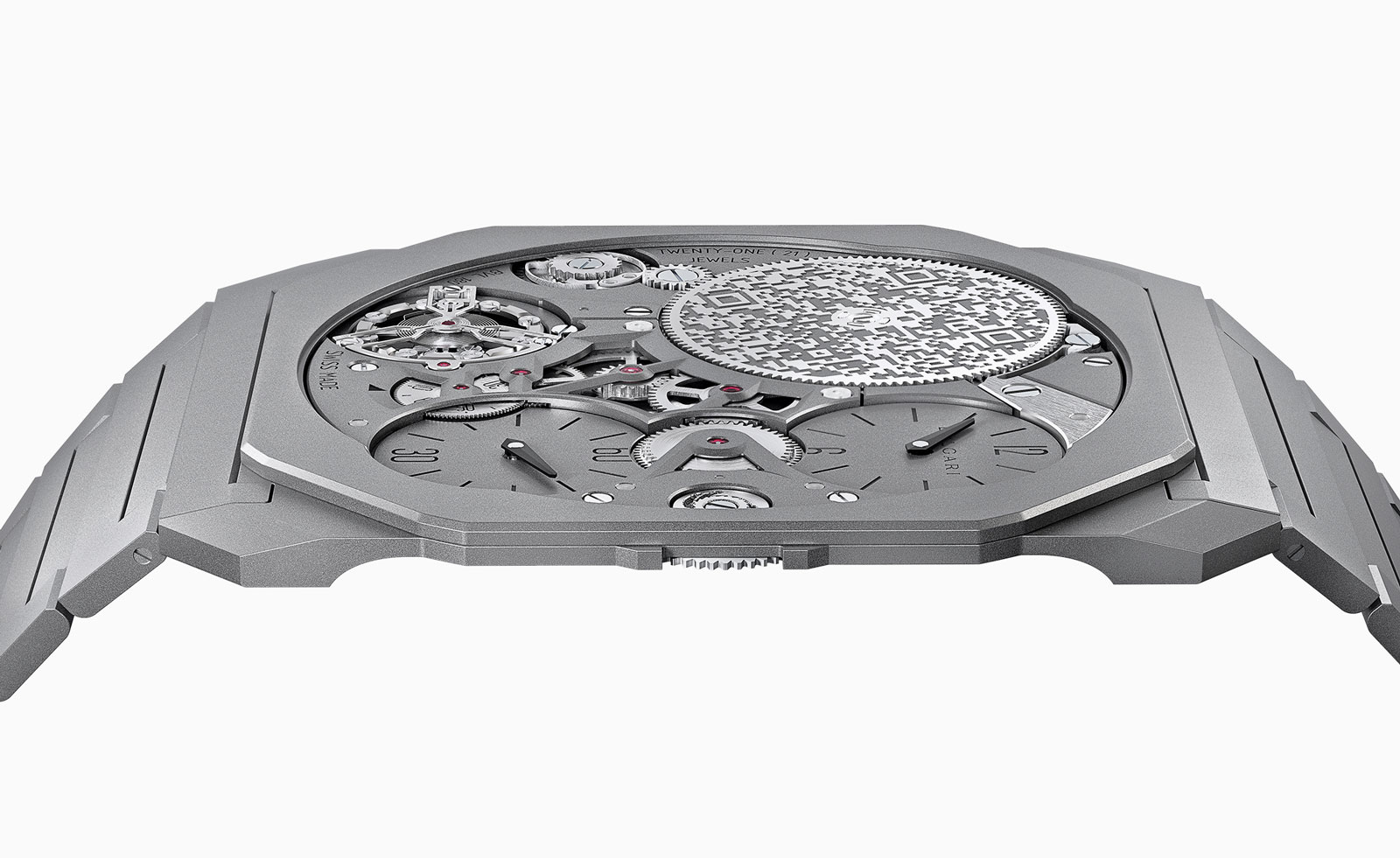 Bulgari unveils the thinnest mechanical watch in the world
Bulgari unveils the thinnest mechanical watch in the worldThe new Bulgari Octo Finissimo Ultra watch is a record-breaking feat of engineering
By Hannah Silver
-
 Breitling and Triumph unite on a racy new watch and motorcycle
Breitling and Triumph unite on a racy new watch and motorcycle1960s design codes are infused with a contemporary edge in the collaboration between Breitling and Triumph
By Hannah Silver
-
 Gerald Genta’s mischievous Mickey Mouse watch design is rethought for a new era
Gerald Genta’s mischievous Mickey Mouse watch design is rethought for a new eraThe Gerald Genta Retrograde with Smiling Disney Mickey Mouse watch pays tribute to Genta’s humorous design codes
By Hannah Silver
-
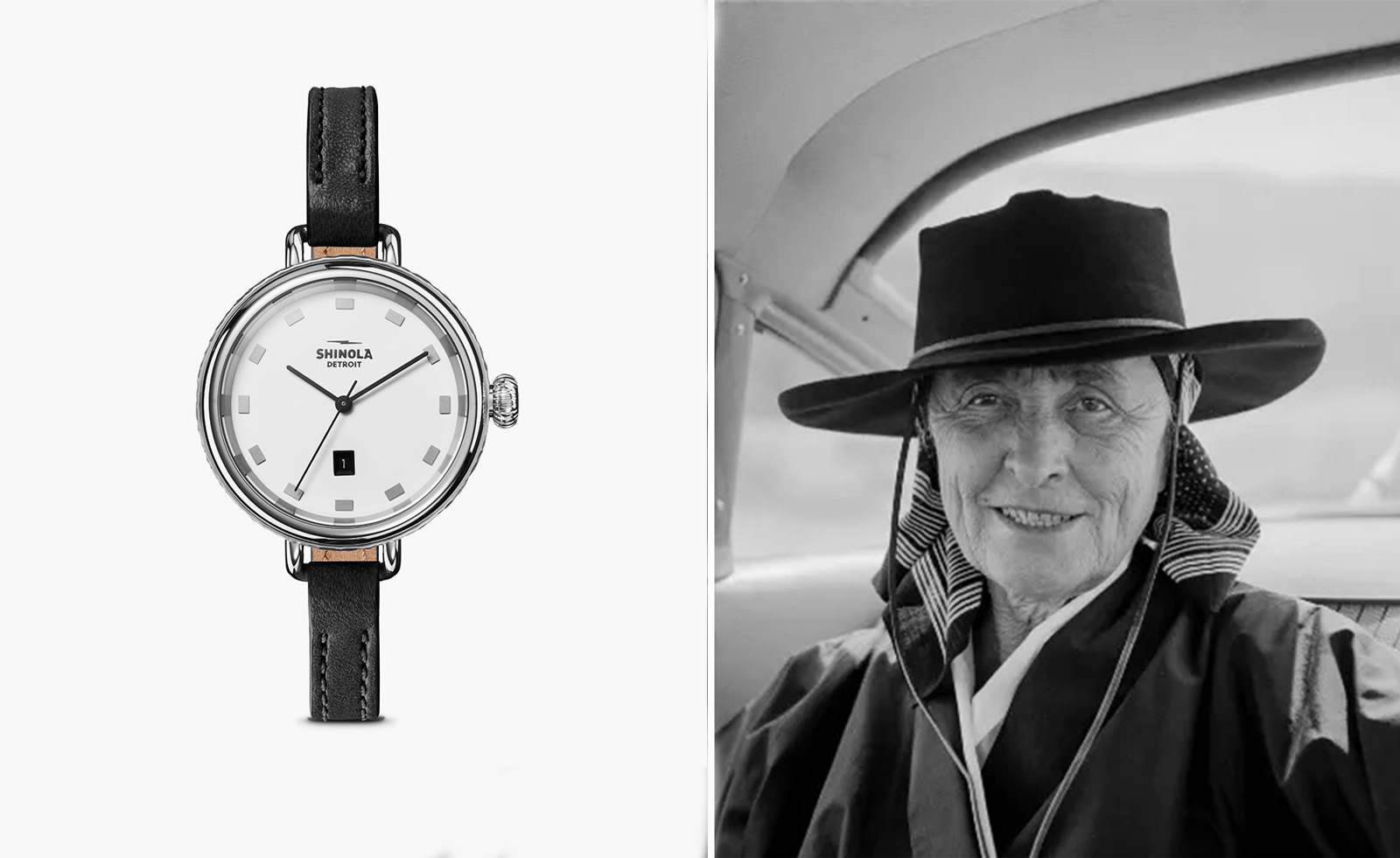 Shinola honours Georgia O’Keeffe with a new watch
Shinola honours Georgia O’Keeffe with a new watchShinola Birdy watch stays faithful to the minimalist codes of Georgia O’Keeffe’s painting, My Last Door
By Hannah Silver
-
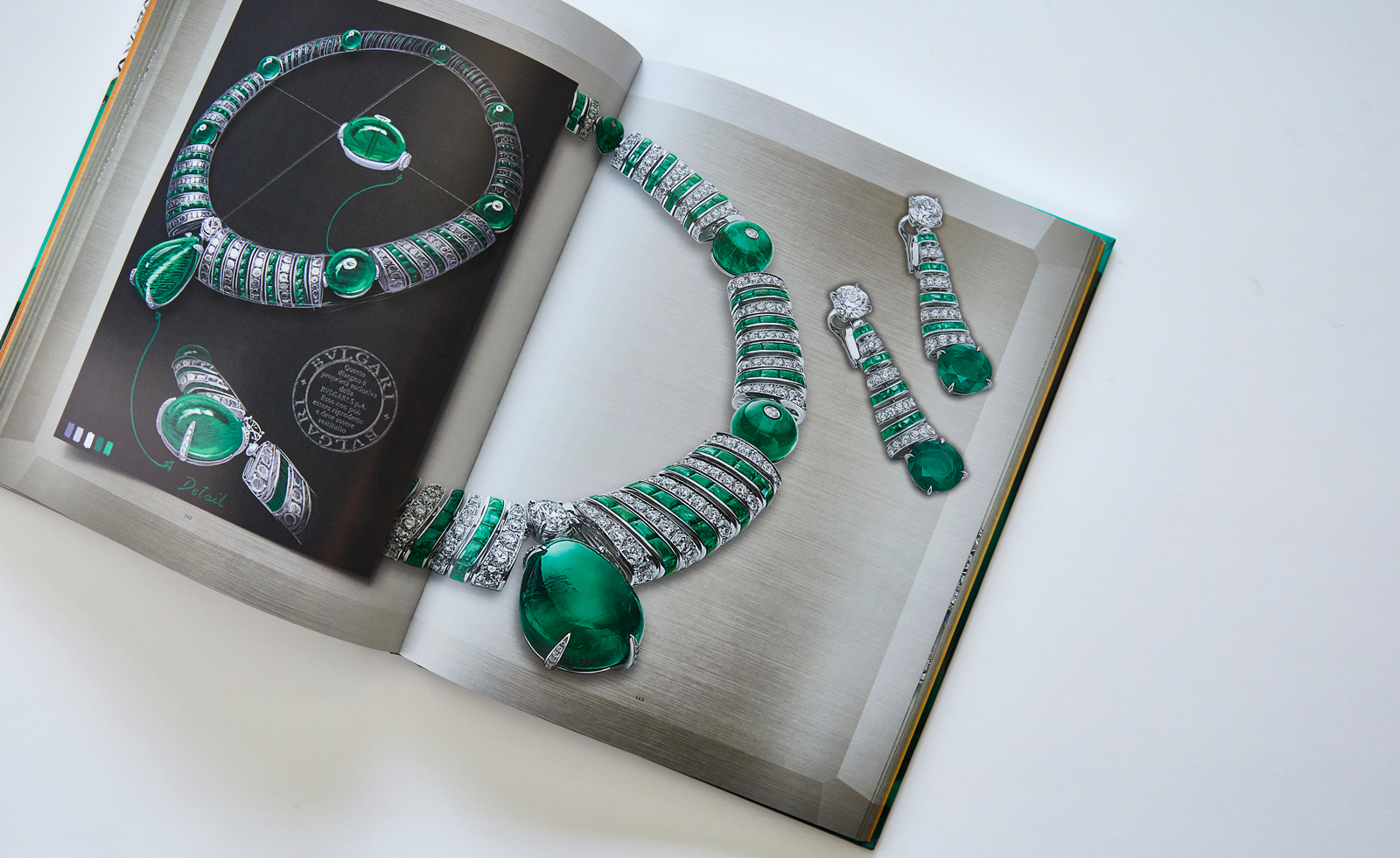 Bulgari’s new book celebrates women and high jewellery
Bulgari’s new book celebrates women and high jewelleryBulgari Magnifica: The Power Women Hold, published by Rizzoli New York, takes a closer look at the female muses who inspired the spectacular Magnifica high jewellery collection
By Hannah Silver